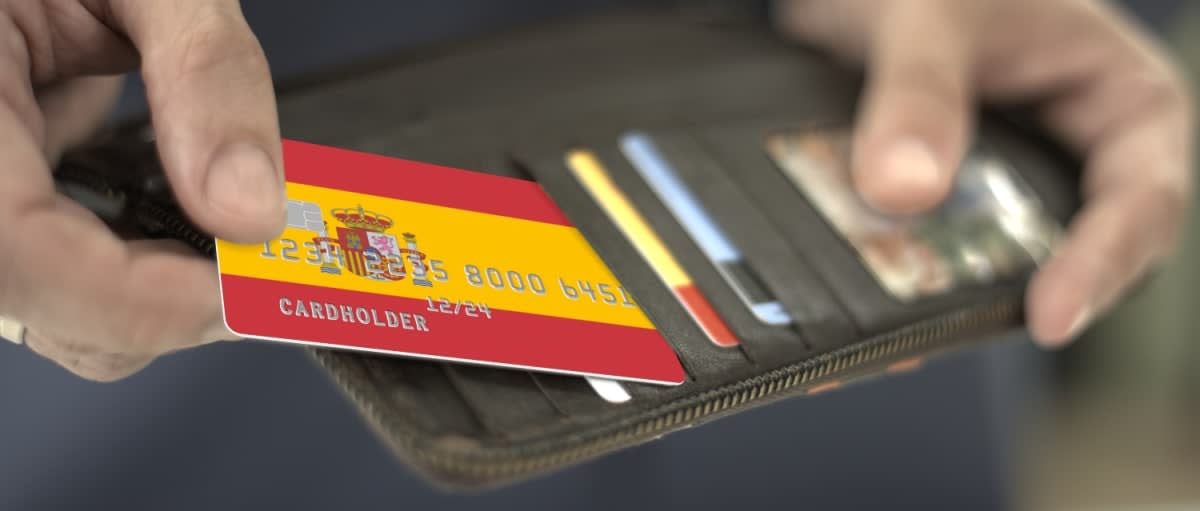As September arrives in Spain, families swap beach bags for schoolbooks. From timetables and uniforms to regional languages and phone bans, our writer Sally explains what the new academic year means for pupils, parents and expats getting to grips with the Spanish school system.
In Spain, September signals a return to routine after the long, hot summer. Children head back to school with new books and uniforms while parents juggle supplies, timetables and the emotional shift of getting back into term-time life. For expats, it’s also a chance to understand how the Spanish education system works – from class times and concertados to uniforms, book costs and language options.
Contents
- The return to school
- The system
- The language of classes
- Uniforms
- Books
- School meals
- Teacher-student ratio
- Mobile phones
The return to school
Now that August and the hot, sunny holidays have slipped away, thoughts in Spain are focused on the return to work and the return to school. In my area, the weather seems to be feeling the stress as we have had thunderstorms and torrential rain, though temperatures have held up well.
In Spain, the return to school in September is marked by a sense of both excitement and routine. After the long summer holidays, children head back to class, often still in the lingering heat of late summer. Families busy themselves with buying new books, uniforms and supplies, while schools prepare to welcome pupils with fresh timetables and activities. The start of term is seen as a new beginning, not only for students but also for families, as daily life settles back into its familiar rhythm.
The shops here are full of “back to school” offers and necessities. Harried parents are buying quickly before the term begins. The dates vary from autonomous region to region. In Catalonia the teachers went back to work this week and the children will join them next Monday.
The system
The education system in Spain is different from the UK. The school day is split for most children under 17, with a morning session from 8:30am or 9:00am to 1:00pm, when the majority will go home (or more likely, to their Grandparents) for lunch, to return to school at 3:00pm for a further two hours, with the school day ending at 5:00pm. In some schools, older students will start at 8:00am and finish at 2:00pm – not that they can go out to play afterwards – they will have a great amount of homework to get through, possibly language classes at a privately owned school and/or sports/dance/music lessons before they have their evening meal, which is typically from 9:00pm or 10:00pm.
The lessons are very structured, with classes of up to 30 with differing abilities. The class size depends on which type of school it is: state, private or concertado: In Spain, semi-private schools, known as colegios concertados, sit somewhere between the state and private systems. They are privately run, often by religious organisations, but receive government funding, which helps to keep fees lower than in fully private schools. Parents usually pay a monthly contribution, which can vary depending on the school, alongside costs for books, uniforms and extracurricular activities. These schools often follow the national curriculum but may also place particular emphasis on languages, values or specific educational approaches. For many families, concertados are seen as a middle ground, offering smaller class sizes or a particular ethos without the high cost of private education.
The language of classes
You might think that Spanish is the lingua franca in Spanish schools. It isn’t. Several regions use their own languages for some or all lessons. In Catalonia, all classes are taught in Catalan, with Spanish as a second language. In Valencia, parents now have the option of sending their children to either a Spanish-speaking school or a Valencian-speaking school. A similar system applies to Galicia and in the Basque Country – parents can choose between Spanish, Spanish and Basque or Basque. In the end, however, all students can speak Spanish as well as their local language.
Standards in English vary; the main problem is conversational English which takes second place to grammar and written work. This is why many parents pay for their children to attend private English classes after school. Several other languages are taught in these schools as well.
Uniforms
In Spain, whether pupils wear a uniform or not depends largely on the type of school they attend. State schools rarely require one, allowing children to dress in their own clothes, while semi-private and private schools almost always expect students to wear a uniform. These typically consist of a polo shirt or blouse, a jumper or blazer with the school crest and trousers or a skirt, often in the school’s colours. Many schools also have a sports kit for physical education. For parents, uniforms can be both practical and costly, as they simplify daily dressing but need to be bought from specific suppliers. For pupils, wearing a uniform is often seen as a way of creating a sense of identity and belonging within the school community.
With the rising cost of living, many parents are turning to secondhand uniforms – a comparatively new phenomenon.
Books
In Spanish schools, books play a central role in learning, but they can also be a significant expense for families. At the start of each academic year, parents are given a list of required textbooks, which often need to be purchased new, although some schools encourage book exchanges or second-hand sales to help reduce costs. Many semi-private and private schools insist on specific editions, while state schools may offer book-lending schemes in certain regions. Increasingly, digital resources are being introduced, with tablets or e-books replacing traditional texts in some classrooms. Despite these changes, the annual trip to buy schoolbooks remains a familiar ritual for families across Spain.
Some regions provide financial aid for purchasing books. You should ask what is available at your child’s school.
School meals
Schools in Spain do provide lunches, but they are expensive, especially if you have more than one child. This is why most children will go home for lunch and may only stay at school one day a week. The Spanish government has introduced legislation which provides for healthy meals in schools (also in hospitals and other institutions). This is very welcome, as young Spanish people lean towards fast food which has resulted in an obesity problem.
Teacher-student ratio
As of this year, the Government and regions plan to reduce the teacher-student ratios, though, as yet, no formal plan has been presented. This is good news for both, as handling a large class of different nationalities and abilities is difficult, and the students are unlikely to receive enough personal attention.
Mobile phones
Catalonia has begun the new school year with a ban on mobile phones in secondary schools, as well as reducing screentime in primary schools. Most parents are happy with this. Madrid is next in line, banning mobiles in concertado schools and Murcia has introduced new rules on screentime. Other regions will no doubt follow.
Whether in state, semi-private or private schools, the start of term marks a fresh beginning, setting the tone for the year ahead and restoring a familiar rhythm to daily life.
You might also like:








